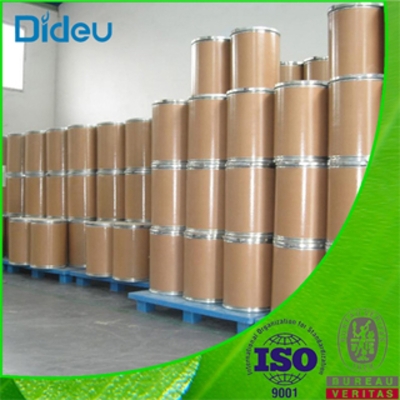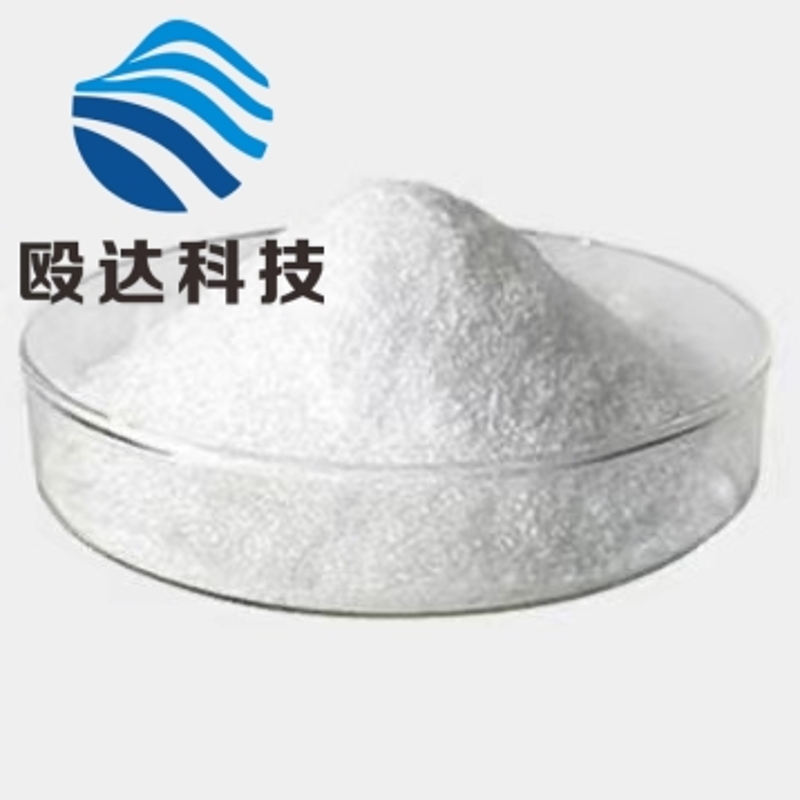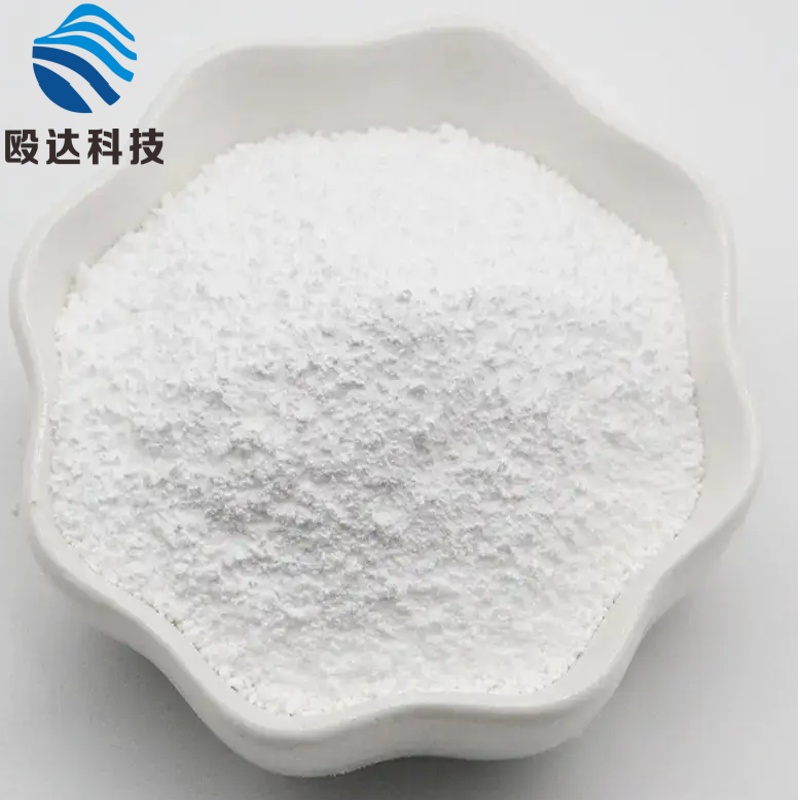-
Categories
-
Pharmaceutical Intermediates
-
Active Pharmaceutical Ingredients
-
Food Additives
- Industrial Coatings
- Agrochemicals
- Dyes and Pigments
- Surfactant
- Flavors and Fragrances
- Chemical Reagents
- Catalyst and Auxiliary
- Natural Products
- Inorganic Chemistry
-
Organic Chemistry
-
Biochemical Engineering
- Analytical Chemistry
- Cosmetic Ingredient
-
Pharmaceutical Intermediates
Promotion
ECHEMI Mall
Wholesale
Weekly Price
Exhibition
News
-
Trade Service
The synthesis of organic compounds is a complex process that involves the use of various chemical reactions and techniques.
In the field of pharmaceuticals, the synthesis of new drugs and therapies is a continuous process that involves the synthesis of a wide range of molecules with varying structures and properties.
One such molecule is the Synthetic Routes of (((2-(6-aMino-9H-purin-9-yl)ethoxy)Methyl)phosphoryl)bis(oxy)bis(Methylene) isopropyl dicarbonate.
This molecule is an important intermediate in the synthesis of new drugs and therapies, and its synthesis involves a number of chemical reactions and techniques.
In this article, we will discuss the synthetic routes of this molecule and the various chemical reactions and techniques involved in its synthesis.
The synthesis of the molecule (((2-(6-aMino-9H-purin-9-yl)ethoxy)Methyl)phosphoryl)bis(oxy)bis(Methylene) isopropyl dicarbonate can be achieved through several routes, each with its own advantages and disadvantages.
The following are some of the commonly used synthetic routes for this molecule:
- The Hydrolysis Route: This route involves the synthesis of the molecule through the hydrolysis of a phosphate ester.
The process involves the treatment of a phosphate ester with a strong acid, such as hydrochloric acid, to produce the desired molecule.
This route is relatively simple and is often used as a starting point for the synthesis of more complex molecules. - The Reduction Route: This route involves the synthesis of the molecule through the reduction of a nitrile.
The process involves the treatment of a nitrile with a reducing agent, such as lithium aluminum hydride, to produce the desired molecule.
This route is useful for the synthesis of molecules with nitrile functional groups. - The Halogenation Route: This route involves the synthesis of the molecule through the halogenation of an alcohol.
The process involves the treatment of an alcohol with a halogenating agent, such as chlorine water or carbon tetrachloride, to produce the desired molecule.
This route is useful for the synthesis of molecules with halogen functional groups. - The Condensation Route: This route involves the synthesis of the molecule through the condensation of two different molecules.
The process involves the treatment of two different molecules with a condensing agent, such as hydrochloric acid or sodium hydroxide, to produce the desired molecule.
This route is useful for the synthesis of molecules with different functional groups.
In conclusion, the synthetic routes of (((2-(6-aMino-9H-purin-9-yl)ethoxy)Methyl)phosphoryl)bis(oxy)bis(Methylene) isopropyl dicarbonate are varied and include hydrolysis, reduction, halogenation, and condensation.
These routes offer a variety of synthetic options for the synthesis of this molecule and can be used depending on the desired structure and properties of the final product.
The selection of the appropriate route depends on the starting materials, reaction conditions, and desired outcome.
The synthesis of this molecule is an important step in the development of new drugs and therapies, and it requires careful consideration and planning to ensure optimal results.







